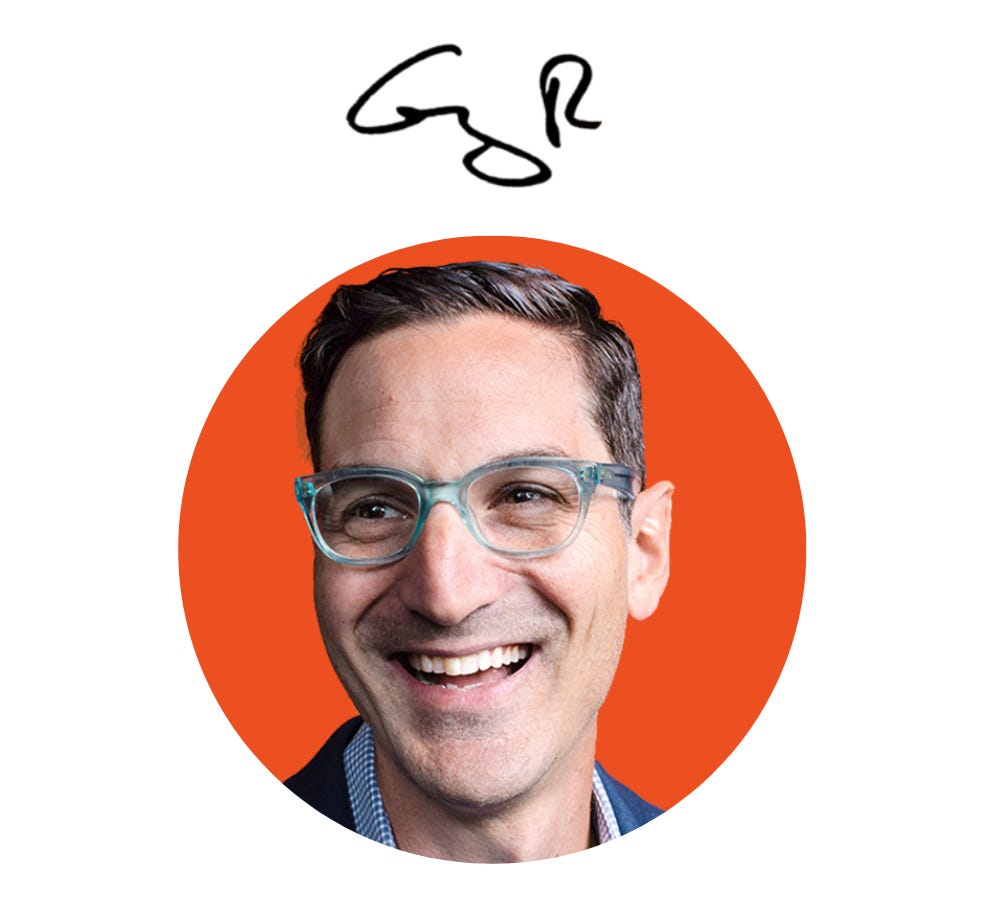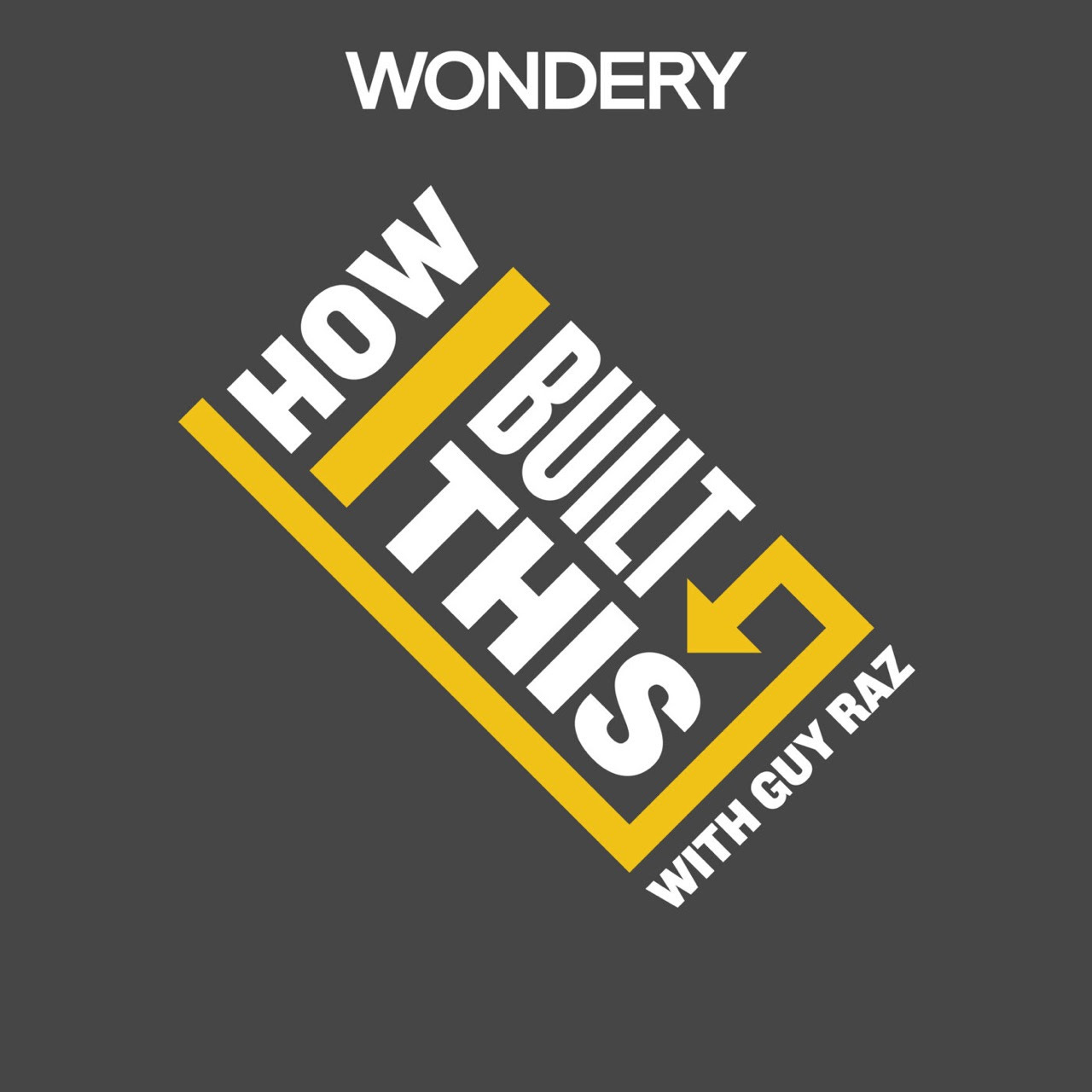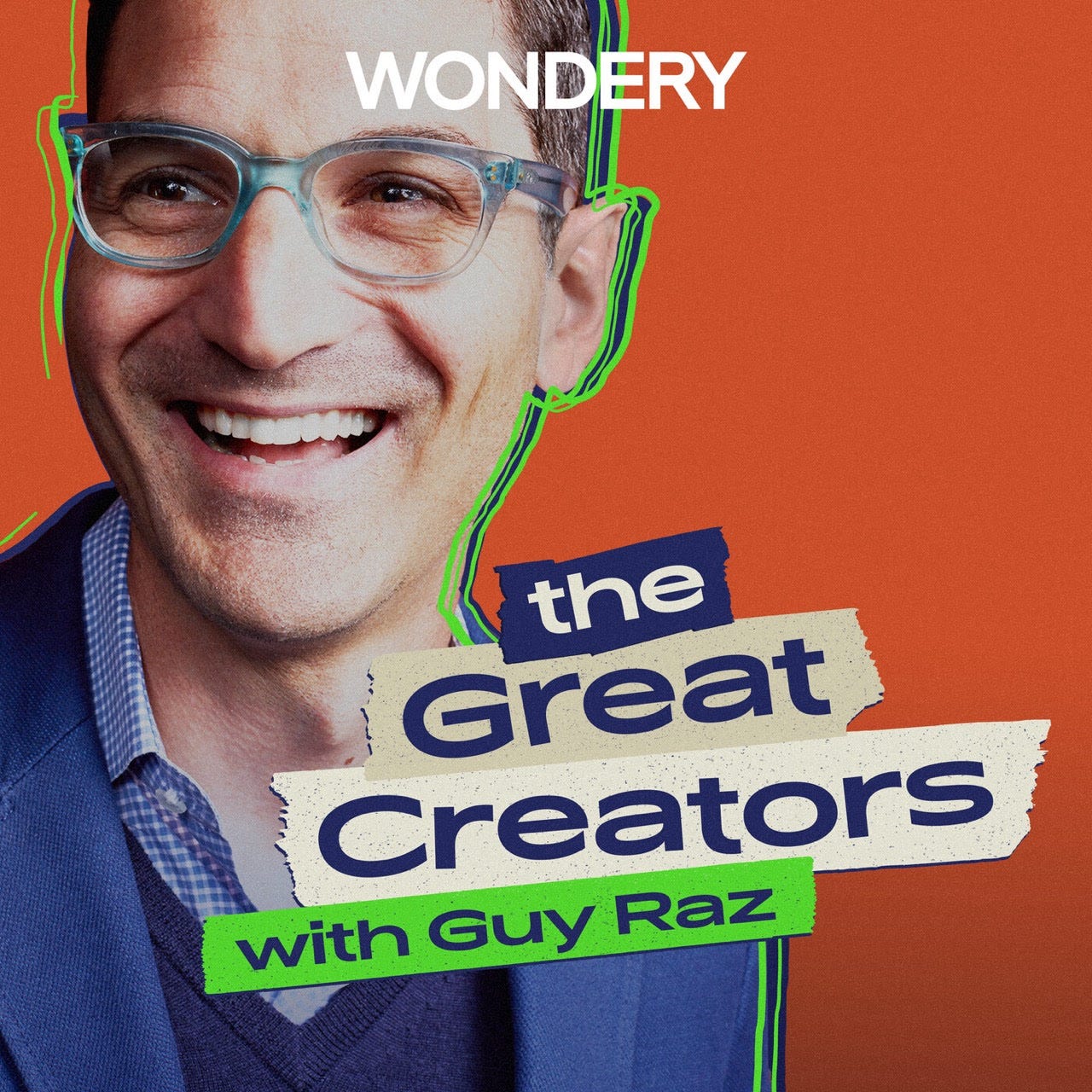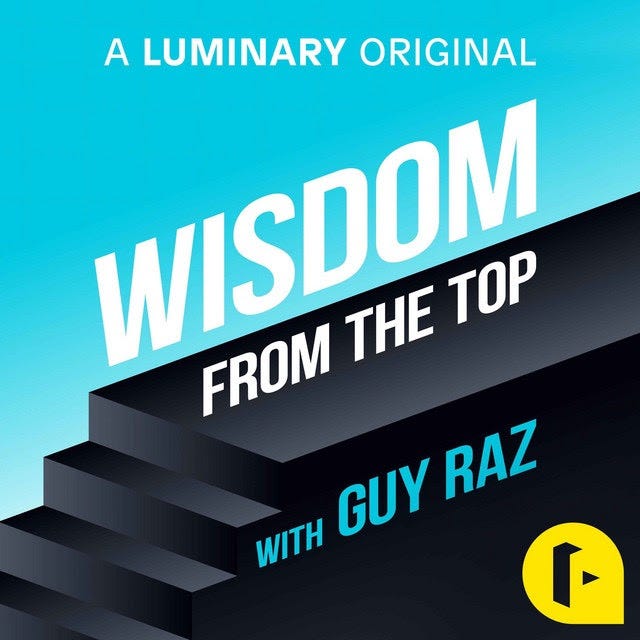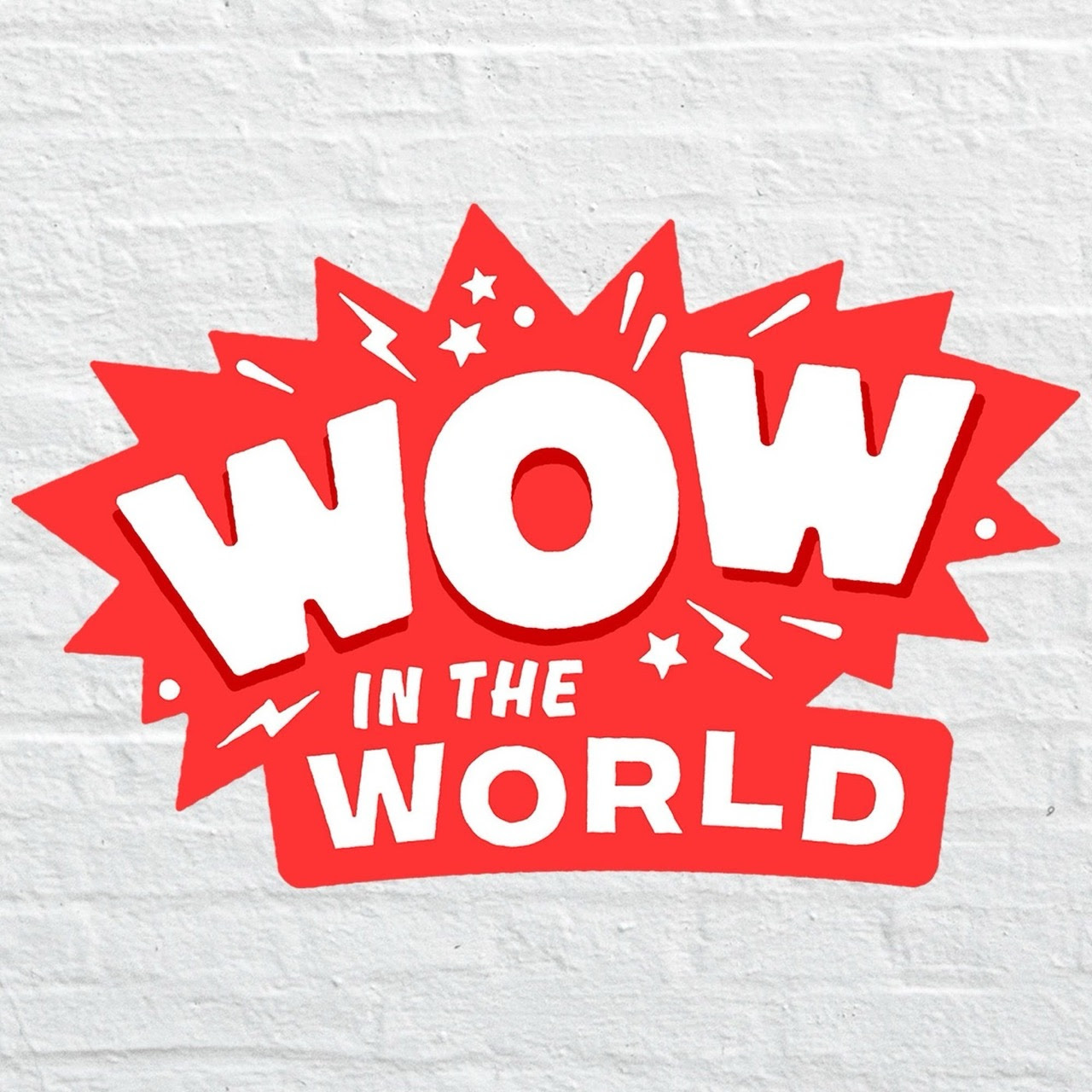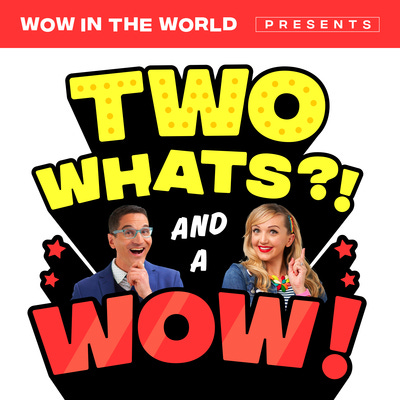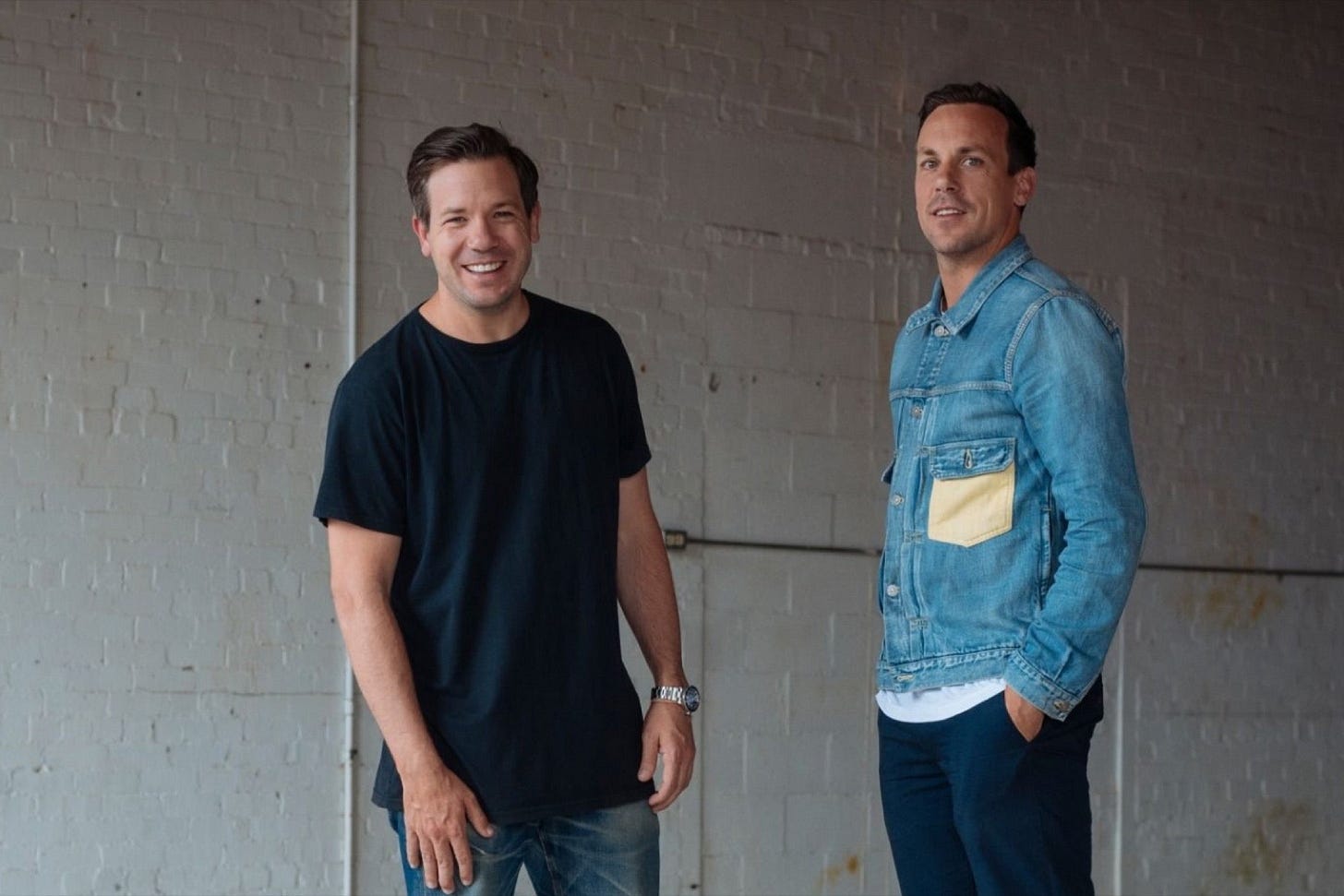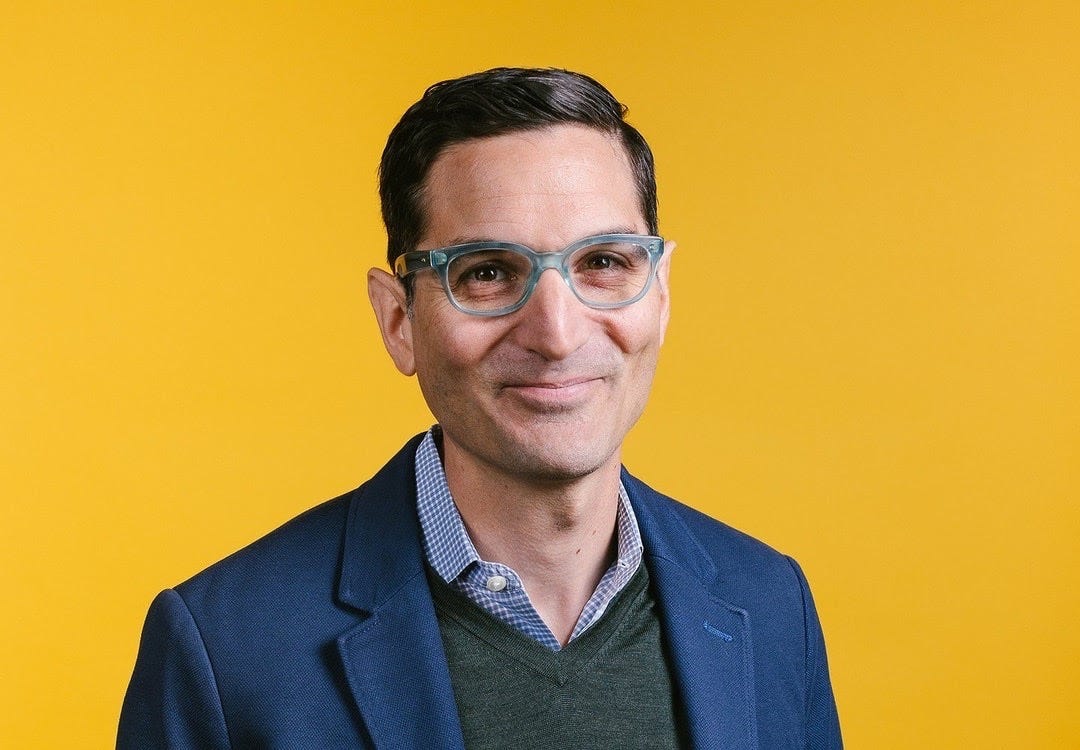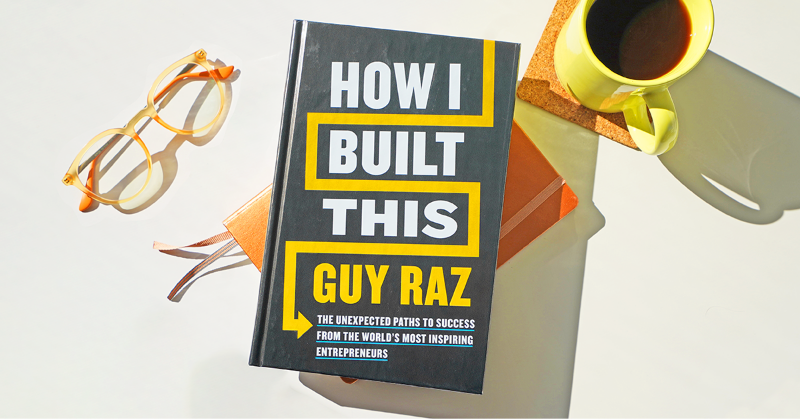It's the Experience!
Guy Raz Newsletter – February 27, 2025
Last week, I visited San Diego.
It was a brief family trip to celebrate my son’s birthday but also to see my brother and his family. We stayed at a small hotel in Pacific Beach on the water. The rooms were solid (if a bit dated).
Same with the hotel décor. The “gym” wasn’t much more than a stationary bike and some weights. It was also a bit pricey – but we did have a view of the Pacific Ocean!
At one point during our stay, the elevators stopped working. Another day, one of the parking garage gates was off-line.
But whenever I return to San Diego, I’m more than 99% likely to stay there again.
Wait, what? Why?
Because the overall experience was excellent. And it was the small things—the things that don’t cost a whole lot of money—that made it that way.
Take check-in:
We were greeted by an incredibly joyful young woman at the front desk. The valet offered to park our car in the garage and made sure we had a good plan for dinner that night.
We had briefly mentioned we were in town to celebrate my son’s birthday the next day. And when he returned to his room on that day, a large banner hung above the sliding glass doors to the balcony: “H-A-P-P-Y B-I-R-T-H-D-A-Y”
On the bedside table was a basket of chocolate covered strawberries!
Every single employee we encountered—from the front desk team to the cleaning crews to the maintenance guys to the pool crew to the bell hops—every single person was kind and cheerful and seemed really committed to making our stay great.
I mention this story only because it reminded me of another great experience I recently had—at a colonoscopy clinic. (I know, too much information.)
I decided to get one (all good! Don’t need to go back for 10 years!) just as a precaution.
The staff was also cheerful, the nurse assigned to hook me up to the IV and prep me for the procedure explained everything that would happen. She could sense I was a bit anxious—it was only the second time I’d be under general anesthesia—so she reassured me that it would be a very pleasant sleep.
The other crazy thing?
The music! Someone curated a calming playlist that included Weird Fishes/Arpeggi by Radiohead, Pulaski at Night by Andrew Bird, and Regina Spektor’s Us!
The thing is, I’m not going back there for ten years but I will absolutely make sure to recommend this clinic to anyone about to get the same procedure.
OK…so why am I talking about hotels in San Diego and my colonoscopy?
For the simple reason that both were great experiences. And experience is actually what great businesses sell.
They don’t just sell products or services—they sell the experience of those products and services.
When you are obsessed with a customer’s experience…everything else flows from that: things like quality and value and service.
And its often little things that matter:
the way you are made to feel when you walk in.
A smile.
A greeting.
An acknowledgment.
A story.
I recently met an entrepreneur who runs a custom cowboy hat shop in Nashville. This business is exploding (in popularity and revenue!) And look, you can buy a high quality cowboy hat at lots of places!
But this particular business focuses entirely on the experience of selecting and customizing your own hat. You are served a complimentary cocktail and regaled with stories from the team who work at the shop.
There are endless examples of businesses we’ve profiled on the show that have put experience at the center of their business model.
Consider Harley-Davidson, a brand that has mastered selling an experience. Their marketing doesn't just showcase motorcycles; it promotes the freedom of the open road and the thrill of adventure.
It’s what has cultivated a loyal community of riders who identify deeply with the brand's ethos.
Or Starbucks. Obviously they are going through a challenging time right now but the brand was built on the power of selling an experience. Howard Schultz wanted to replicate the flavor and feeling of the espresso drinks he loved in Milan.
And he wanted to build a space where you could spend time savoring the beverage he was going to sell you.
Investing in and focusing on experience isn’t just the right thing to do—it is critical to the success of any business!
A recent study I read showed that large companies and brands that prioritize customer experience can expect to earn, on average, an additional $700 million within three years.
In today's competitive landscape, selling a product is not enough. By offering enriching experiences, businesses can differentiate themselves, foster loyalty, and drive growth.
When you embrace the power of experiential value, your brand will thrive.
– Guy
No Is Just the Beginning of the Conversation
If there’s one thing I can guarantee about entrepreneurship, it’s this: you will hear the word no.
Not once. Not twice. But over and over again—until you start to lose count.
Every founder we’ve interviewed on How I Built This has faced rejection. Investors passing, retailers turning them away, customers ignoring them completely. But what separates successful entrepreneurs from the ones who give up is a simple mindset shift:
No is just the beginning of the conversation.
That’s exactly how Monica Nassif built Mrs. Meyer’s Clean Day.
When she first pitched the idea of plant-based cleaning products that actually worked, the industry didn’t take her seriously. Buyers were skeptical, retailers pushed back, and manufacturers weren’t convinced it was worth their time.
But Monica didn’t take no as an answer—she took it as a challenge. She refined her pitch, adjusted her approach, and kept pushing forward.
I could give you hundreds of more examples like this, but the pattern is always the same: rejection, persistence, breakthrough.
So the next time someone tells you no, don’t let it be the end of the story. Let it be the start of a new conversation.
Nobody Knows What They’re Doing
And here’s a little secret about entrepreneurship—one that doesn’t get talked about nearly enough.
Nobody knows what they’re doing.
Not at the start. Not in the middle. And sometimes, not even after they’ve “made it.”
Take the founders of Lenny & Larry’s. When they started, they weren’t industry insiders. They didn’t have an MBA or a detailed roadmap.
They were just two guys with a question: Can we put protein in a baked good? That simple, almost random curiosity set them on a path they never could have predicted.
But like so many founders, they were figuring it out as they went. They hustled to get their product on shelves, made gut decisions, and navigated one unexpected challenge after another. They even sold the company at one point—only to immediately regret it.
But here’s the thing: despite the mistakes, the uncertainty, and the missteps, they built a brand that has endured for decades.
Look at almost any founder we’ve featured on How I Built This, and you’ll see the same story play out: taking the leap before all the pieces are in place, pivoting when things don’t go as planned, and stumbling through the unknown.
That’s how so many businesses actually start. The myth that successful founders have it all figured out is just that—a myth.
And yet, too many aspiring entrepreneurs wait.
They hold off on starting because they don’t have a perfect plan, a clear strategy, or 100% certainty that things will work out. And look, I get it. Starting something—anything—can feel terrifying.
There’s risk. There’s self-doubt. There’s the fear of failure.
But the biggest secret in entrepreneurship is that certainty is a luxury that doesn’t exist. You’re never going to have all the answers. The road ahead will never be completely mapped.
So what’s the lesson?
Start anyway.
Not because it’s easy. Not because it’s guaranteed to work. But because the only way to figure things out is to begin.
And the truth is, every founder, no matter how successful, has had moments where they were just making it up as they went. The difference is, they kept going.
So if you’ve been waiting for the perfect moment to start your business, here’s your sign: just start.
You’ll figure it out along the way—just like every great entrepreneur before you.
On the Podcasts This Week!
Mrs. Meyer’s Clean Day: A Knockoff That Paid Off
Most founders spend their time fighting off competitors. Monica Nassif decided to beat them to it.
In the early 2000s, she had already built a successful high-end cleaning brand, but there was a problem—it was too expensive for the average shopper. And Monica knew one thing: if she didn’t create a more affordable version, someone else would.
So she made a bold move: she knocked herself off.
With a no-nonsense Midwestern spin, Monica launched Mrs. Meyer’s Clean Day, a cleaning brand inspired by her hardworking mom, Thelma Meyer. It had elegant packaging, sophisticated fragrances, and a price point that could compete in big-box stores.
But breaking into mass retail wasn’t easy. Her first attempt completely flopped! Faced with a tough choice, Monica had to decide: push forward or pull back?
Lenny & Larry’s: Betting Big on a Protein Cookie
Barry Turner spent his early years chasing a very different dream—one that had nothing to do with cookies, brownies, or business. He was on track for a career in professional sports! But when a devastating injury ended that dream overnight, Barry found himself completely lost.
That’s when he and a friend had a wild idea: what if they packed protein into baked goods?
In the early ’90s, protein snacks weren’t a thing. But Barry started selling high-protein muffins and brownies around L.A., hustling his way into gyms and coffee shops. It worked—kind of.
Scaling the business was tough, and eventually, he made a tough call: he sold the company.
That could’ve been the end of the story… but it wasn’t.
Years later, Barry made an unexpected move—one that would take Lenny & Larry’s from a small, niche company to a national brand. And it all came down to one product.
HIBT Advice Line: The Power of Brand Storytelling
This week on the Advice Line, I’m joined by Lyndon Cormack, co-founder of Herschel Supply Co. Lyndon knows that a strong brand story isn’t just about marketing—it shapes product design, customer experience, and long-term growth.
First up, Lauren: How do I position my business as a luxury service?
Lauren founded Memory Lane Jane, a company that creates custom, high-end commemorative books for families. Her deeply personalized service starts at $25,000 per project, but she’s struggling to market it effectively to high-net-worth individuals. We think luxury branding isn’t just about price—it’s about perception.
Next, Jon: How can I get customers to experience my product before they buy?
Jon Thurding created Floordrobe, a sleek, space-saving rack that solves the "chair-drobe" problem. After a successful Kickstarter, he’s looking for ways to convince customers to buy without seeing the product in person. Jon should focus on real-world product placement to help customers visualize the product in their own spaces.
Finally, Virginia: How do I expand my wholesale business beyond Alaska?
Virginia Lynn Peterson founded SWOOP, a comfort-driven bra brand designed for nurses who work long shifts. She has found success in her home state of Alaska, but is struggling to expand into the lower 48 states. We recommend jumping on a plane and heading to some trade shows!
Lyndon reminds us to embrace the failures. Every challenge and misstep is an opportunity to refine your brand, strengthen your business, and build long-term resilience.
If you would like to be featured on an upcoming episode, call and leave a 1-minute message at 1-800-433-1298 or send a voice memo to hibt@id.wondery.com
Lainey Wilson’s Road to Country Music Stardom
Lainey Wilson grew up in a town so small it didn’t even have a stoplight. But from an early age, she had a vision far bigger than Baskin, Louisiana—she was going to be a country music star.
At 18, she packed up and moved to Nashville, determined to break into a huge industry.. For years, she lived in a camper, played tiny gigs, and heard “no” more times than she can count.
At one point, she was even told she was too country for country music.
But Lainey kept going—honing her songwriting, playing to half-empty rooms, and building her fan base one person at a time. Then, after years of struggle, everything changed.
In this episode, Lainey opens up about the moments that nearly broke her, the gut decisions that shaped her sound, and why she sees songwriting as an exercise in empathy. She also shares the lesson her dad taught her on the farm that still fuels her work ethic today.
Watch it on YouTube:
How You Win by Failing: Sarah Robb O’Hagan
Sarah Robb O’Hagan knows what it’s like to fail—spectacularly.
She was fired from Virgin for being too much of a rabble-rouser. She took a job at Atari, even though she didn’t even like video games. But instead of letting those missteps define her, she used them as fuel to become a stronger, sharper leader.
By the time she landed at Gatorade, the brand was struggling with double-digit declines. Instead of playing it safe, Sarah embraced the lessons failure had taught her—taking bold, strategic risks that transformed Gatorade into a category-defining powerhouse.
Sarah’s journey is proof that failure isn’t the opposite of success—it’s often the path to it.
Science Podcasts for Kids!
Dance Your Way to Dreamland!
Grandma G-Force and Thomas Fingerling are WIDE awake—and not by choice! Insomnia has them tossing and turning all night!. But don’t worry, Mindy has a plan… and it involves a whole lot of DANCING!
In this week’s Wow in the World, we put sleep science to the test with the ultimate bedtime routine: an all-out, high-energy session of Dance Pants Revolution!
But will all this dancing actually work? Or will Grandma G-Force and Thomas Fingerling end up sleepier than before? Find out in this next episode of Wow in the World!
Live from NYC—It’s Make It WOW!
This week, Wow in the World is going LIVE! Straight from New York City, Mindy Thomas and Carly Q. Ciarrocchi bring you Make It Wow!—a bonkerballs competition game show where kid inventors turn their wildest ideas into jaw-dropping inventions!
Two teams of Wow in the World superfans face off in three exciting rounds—THINK, TINKER, and TELL ‘EM ALL ABOUT IT—to solve real-world animal challenges. But that’s not all! There’s also a fast-paced trivia showdown where they’ll have to separate the Wows from the Whats!
Wow-Worthy Tech!
Did you know your iPhone could be charged with oranges? Or have you ever wondered what the first computer mouse was made of?
Technology is full of surprises, and we’re diving into the WHATs and WOWs of computers, TVs, phones, and more in this week’s Two What’s And A Wow!
A Storm of Surprises!
Did you know some hurricanes are bigger than entire countries? Or that tornadoes can spin at over 300 miles per hour?
Get ready for a whirlwind of WHATs and WOWs in this stormy new episode of Two What’s And A Wow!
From the Archives!
Herschel Supply Co.: Jamie and Lyndon Cormack
Jamie and Lyndon Cormack set out to reinvent an everyday essential: the backpack.
Working in sports and apparel, they noticed a gap—bags didn’t have the same stylish, minimalist appeal as their favorite sneakers and jackets. With no background in manufacturing, they taught themselves the business by ripping apart old backpacks and Googling everything from materials to factory contacts.
What started as a side project quickly grew into a global brand, with Herschel Supply Co.’s signature backpacks, luggage, and travel accessories now sold in over 9,000 stores worldwide.
Jamie and Lyndon’s story is proof that sometimes the best way to build something new is to take the old apart—literally.
Parachute Home: Ariel Kaye
In 2012, Ariel Kaye wasn’t looking to be an entrepreneur—until she realized just how frustrating it was to shop for high-quality bed linens.
Inspired by brands like Warby Parker and Everlane, she saw an opportunity to bring a fresh, modern approach to home goods. With no experience in manufacturing or retail, Ariel took a leap, quit her job, and built a direct-to-consumer brand offering luxury sheets made in Europe, but with a relaxed, California-cool aesthetic.
She had to figure out everything—supply chains, marketing, and how to convince investors to bet on her vision. That bet paid off. Today, Parachute Home has expanded far beyond bedding, with 26 retail stores and a full line of home essentials.
See you next time!
What do you want more or less of?
Just send a tweet to @guyraz or a message on IG to @guy.raz or LinkedIn and put #GuyRazNewsletter at the end so I can find it.


